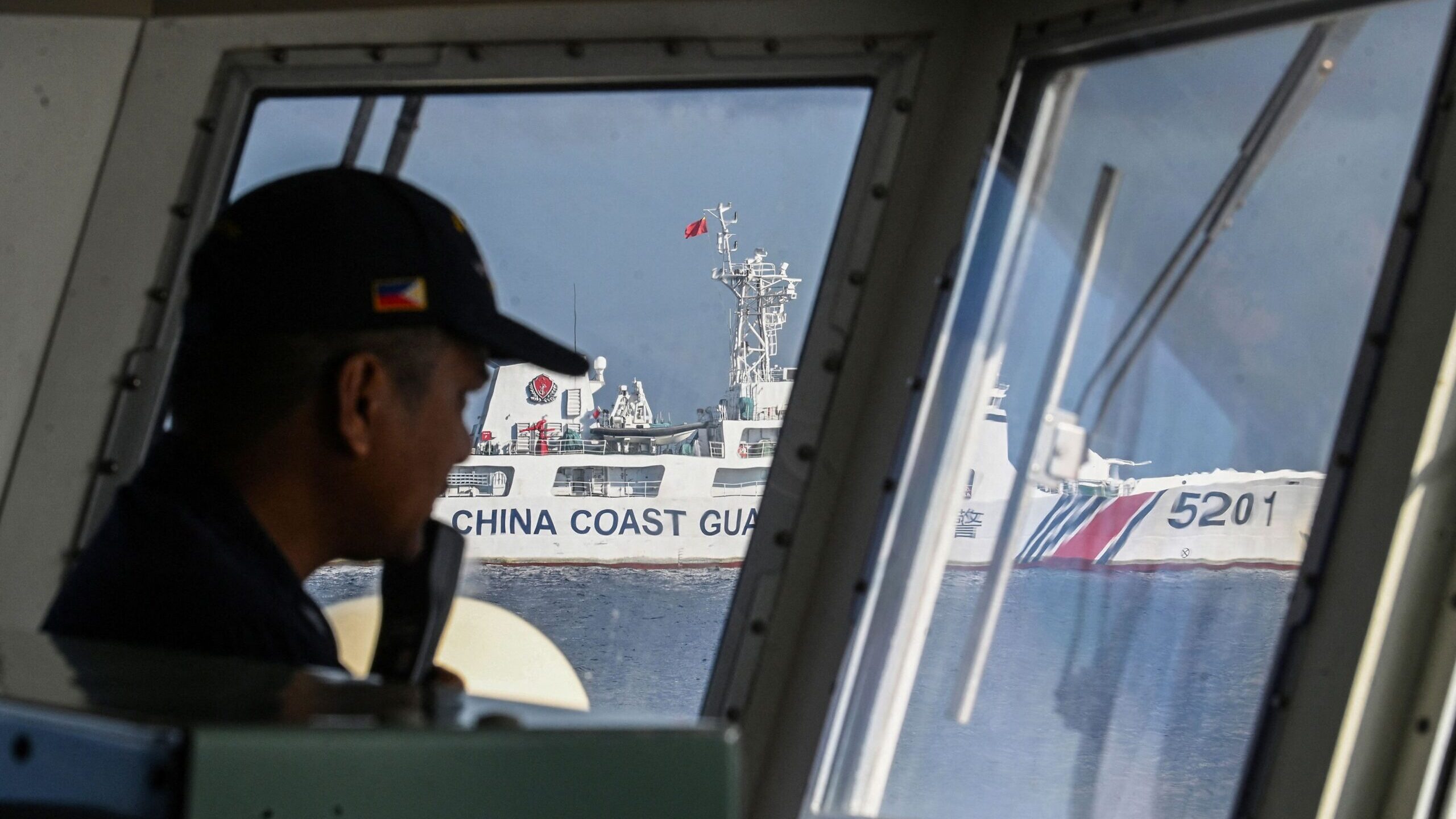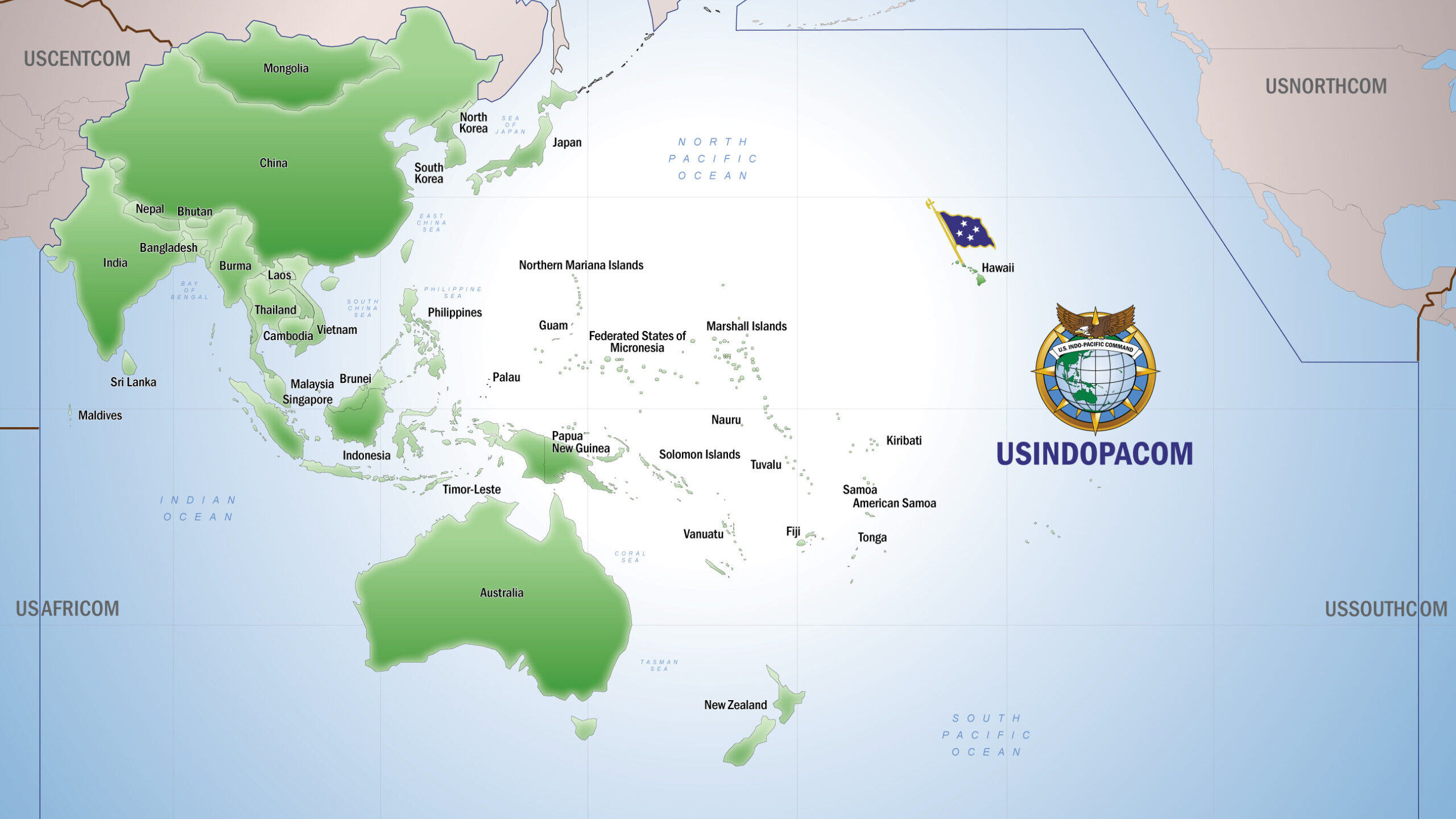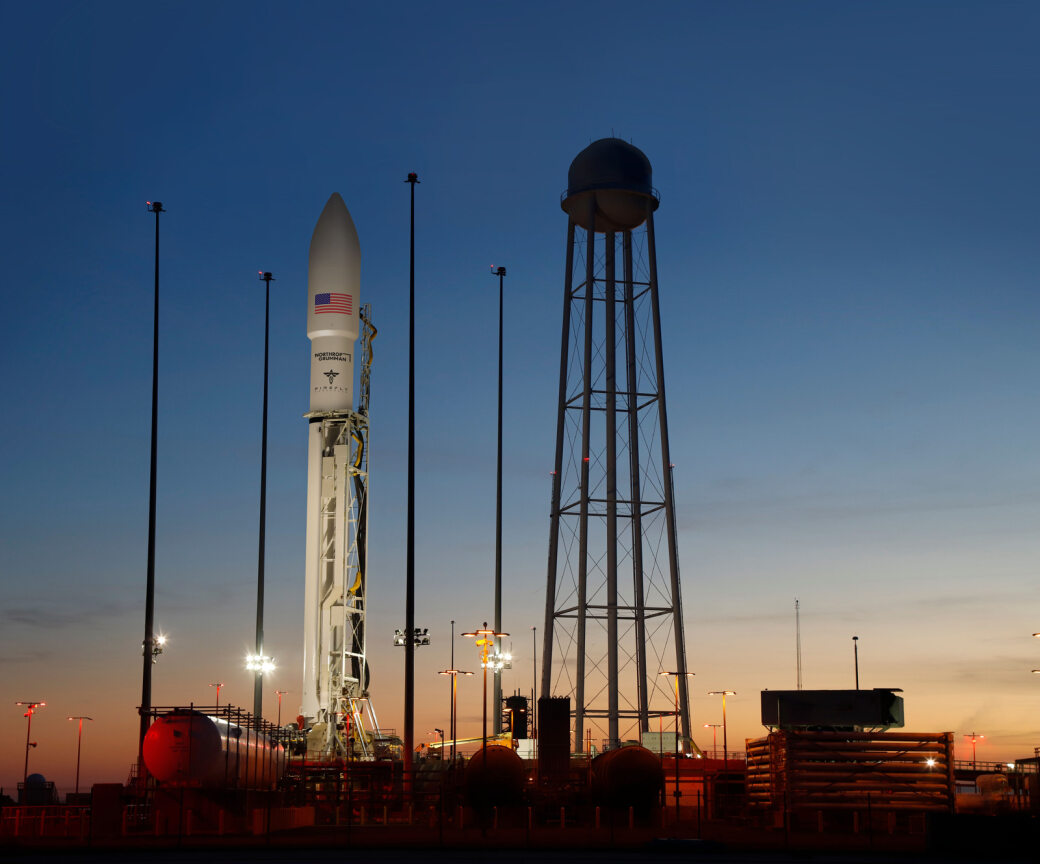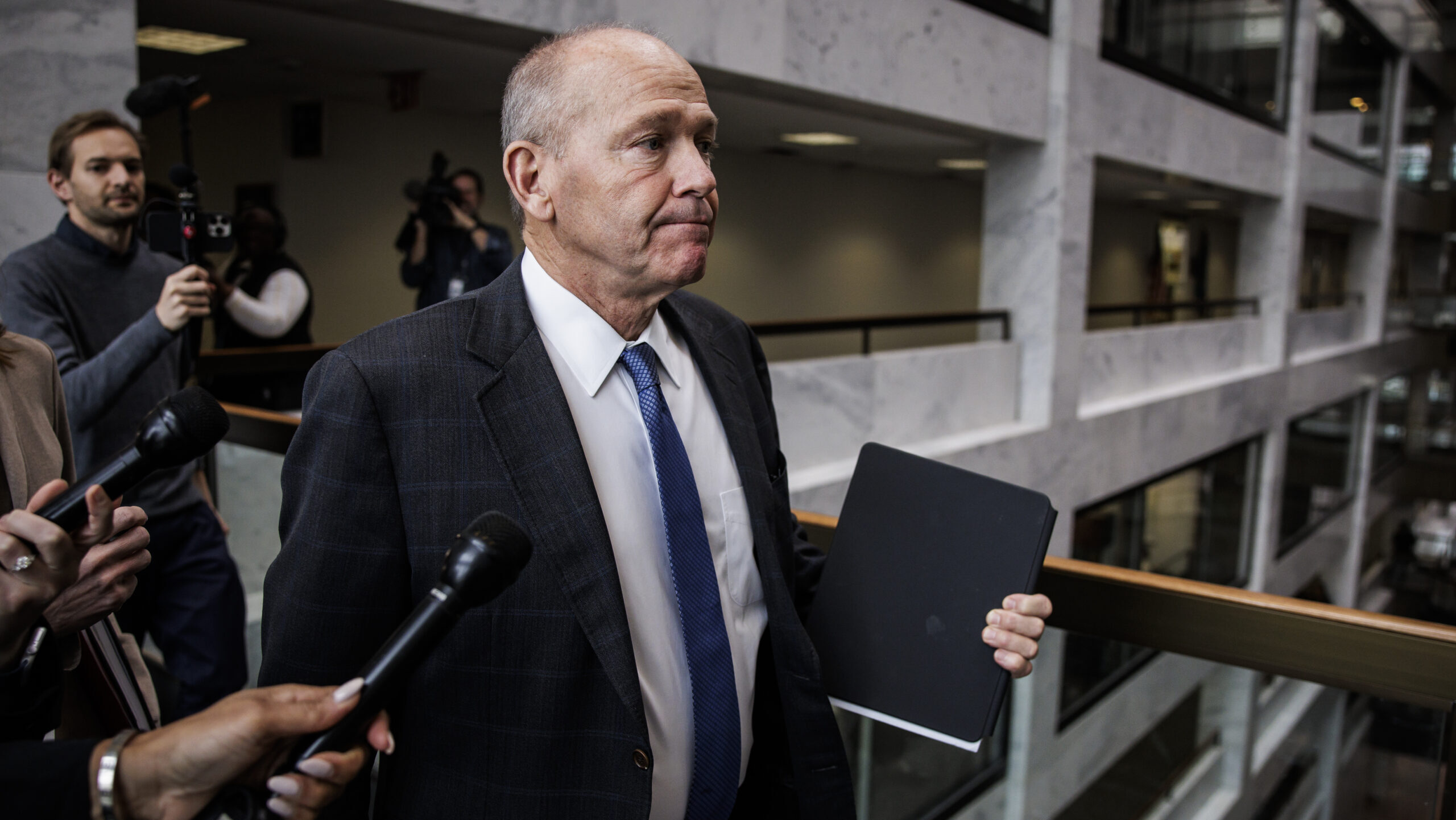
The Philippine coast guard vessel BRP Malabrigo is being shadowed by a Chinese coast guard ship at Second Thomas Shoal in the Spratly Islands in the South China Sea. Beijing claims sovereignty over almost the entire South China Sea, including the Spratly Islands, ignoring an international ruling that the assertion has no legal basis. (Photo by Ted ALJIBE / AFP)
SYDNEY — Two big events dominated the year in this region far from the American homeland: the stumbling of the Chinese economic and military juggernaut; and China’s neighbors deciding to cooperate much more closely on military matters because of China’s aggressive and often dangerous actions.
The AUKUS announcement that Australia would buy at least three American Virginia-class nuclear-powered subs and build a fleet of its own with a common design shared with the United Kingdom was the starkest manifestation of the depth of strategic commitment by an American ally in the face of Chinese aggression.
But other Chinese neighbors made striking commitments either with the United States, with each other or all three. Japan’s rise from a purely defensive military to one designed to project power to deter China, in part by doubling its defense budget, was the most remarkable.
Close behind it was the choice by South Korea and Japan to overlook decades of enmity and not only share highly-classified missile defense targeting data and other intelligence with each other and the United States, but to also reshape their strategies to treat the Chinese threat to Taiwan as a potential threat to their own interests. The Philippines also shifted course under its new president, Ferdinand Marcos Jr., to take a much tougher stance against China. Australia committed to regular support for Philippine Freedom of Navigation and related operations, and the HMAS Toowomba, whose diver was injured by Chinese sonar, not only sailed the Taiwan Strait but also deployed on Nov. 25 with a Royal Australian Air Force P-8 for the first cooperative operation with two Philippine ships.
[This article is one of many in a series in which Breaking Defense reporters look back on the most significant (and entertaining) news stories of 2023 and look forward to what 2024 may hold.]

INDOPACOM map of the Pacific. (INDOPACOM)
But the biggest strategic shift was clearly the combination of China’s economy faltering at the same time as turmoil roiled the top echelons of the Chinese Communist Party and its government, with the foreign and defense ministers being unceremoniously and mysteriously sacked, while senior members of the Peoples Liberation Army were removed from their positions.
1. In China’s military “purge,” final outcomes remain to be seen
It remains unclear exactly why two top government and CCP officials were summarily removed from office, but they were, along with at least three high-ranking commanders in the PLA. Such disquiet at the highest ranks of the national security establishment has not been seen for many years. It’s intriguing to speculate that China moved to reopen military-to military communications with the United States to help calm speculation about the shakeup.
2. US, Japan, South Korea announce push to boost missile defense data sharing
When Japan participated in Australia’s biggest exercise, Talisman Sabre, the Japanese Defense Force not only demonstrated the first live fires in Australia of a Japan Ground Self-Defense Force Type 12 Surface-to-Ship and Type 3 Chu-SAM Surface-to-Air missiles, they also gathered and shared targeting data with US and Australian forces in the demonstrations.
3. Despite AUKUS pledges, Aussie defense spending drops $1.5B, report says
Australia’s Labor government talked big about spending some $368 billion AUD on buying, maintaining and operating nuclear-powered attack submarines as it faces, the “most challenging strategic circumstances since the Second World War” in the words of Defense Industry Minister Pat Conroy. The Lucky Country then proceeded, according to the most credible analysis, to cut its overall defense budget by $1.5 billion AUD for the next two years.
4. Australia, US grapple with Solomon Islands tilt to China
The United States, which had largely ignored the Pacific Islands since the end of the Cold War, realized it had made a grave strategic error after Prime Minister Manasseh Sogavare and China signed the agreement. It sparked a rush to build embassies on many of the tiny island states, with the Solomons targeted first. US President Joe Biden invited the leaders of the Pacific Island states to dinner at the White House and Defense Secretary Lloyd Austin paid the first visit by an American defense secretary to Papua New Guinea, where the US-Papua New Guinea Defense Cooperation Agreement was discussed.
5. New Chinese 10-Dash map sparks furor across Indo-Pacific: Vietnam, India, Philippines, Malaysia
As if a Chinese ship using sonar to injure an Australian diver, a Chinese ship rushing a US destroyer in the Taiwan Strait, a PLAAF fighter spewing chaff in front of an Australian P-8 and a fighter coming within 10 feet of a B-52 bomber, banging Philippine vessels and swarming around them wasn’t enough, China published a new “Standard Map” in September claiming new territory or reclaiming territory to which it has no legitimate claim. The new map sparked sharp reactions from India, Nepal, Vietnam, Malaysia and Taiwan. Being a hegemon can be hard.












